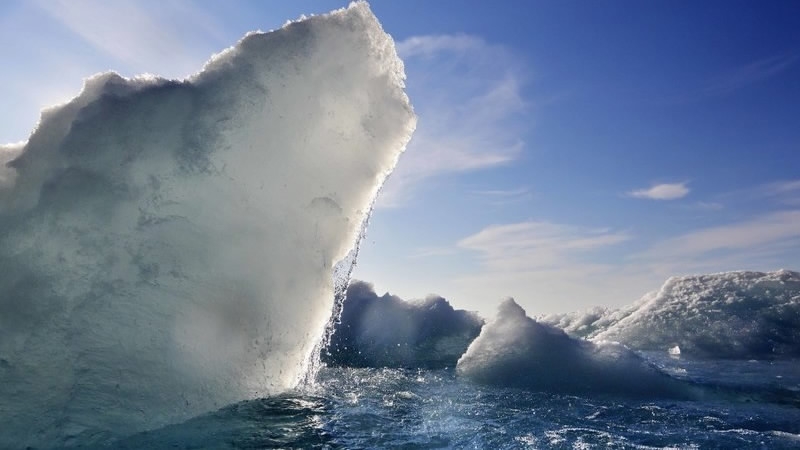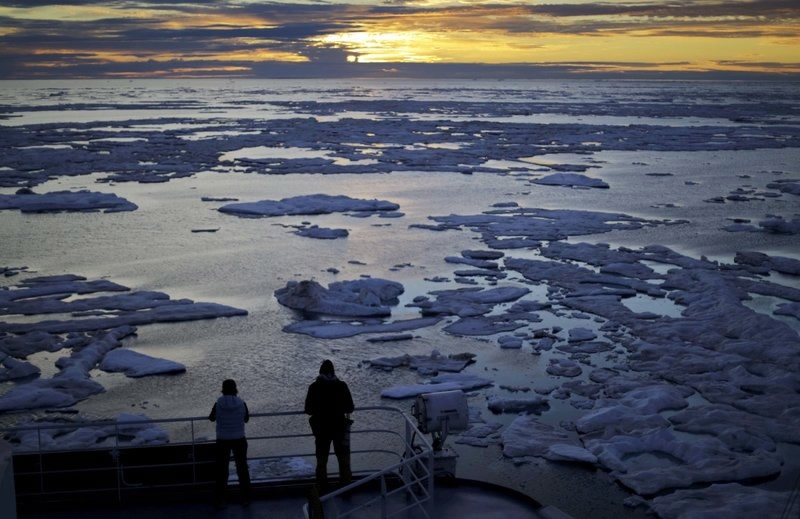
Arctic
15:16, 20-Sep-2017
August weather pattern restrains melt of Arctic sea ice

Arctic sea ice this summer dropped to its eighth lowest level on record, new federal data show. That’s far below average, but considerably above the record low mark five years ago.
The National Snow and Ice Data Center of the US said Tuesday that on September 13 sea ice in the Arctic shrank to its smallest area of the season: 1.79 million square miles. (4.64 million square kilometers)
Data center scientist Ted Scambos said the Arctic sea ice set a record for the smallest winter amount earlier this year and was close to 2012′s record low levels through July. Then a cloudy and cooler than normal August kept melt to a minimum.

August weather pattern restrains melt of Arctic sea ice. /AP Photo
August weather pattern restrains melt of Arctic sea ice. /AP Photo
“Weather patterns in August saved the day,” Scambos said.
The Arctic acts as a crucial refrigerator for Earth’s climate, scientists say. A growing number of studies have linked Arctic sea ice decline to changes in the jet stream and some bouts of extreme weather.
“It’s bound to have an impact on global climate,” Scambos said.
This year’s low is 610,000 square miles (1.58 million square kilometers) below the 30-year average but it is also 483,000 square miles (1.25 million square kilometers) above the 2012′s record low. The data center uses satellite readings that go back to 1979.
Scambos said this year is clustered with several other recent years behind 2012.

The Arctic will continue to evolve towards less ice. /AP Photo
The Arctic will continue to evolve towards less ice. /AP Photo
He said this year’s sea ice level fits with an overall steady decline over the decades, but one that varies in fits and starts. The latest findings do not mark a recovery from 2012, he said. Instead, they suggest that 2012 was an outlier, with a combination of freak conditions that dropped levels lower than normal man-made global warming would cause, Scambos said.
“It’s not going to be a staircase heading down to zero every year,” Scambos said. “It’s not the same as in the 50s, 60s, 70s, 80s or 90s.”
“The Arctic will continue to evolve towards less ice,” he said. “There’s no dodging that.”
Source(s): AP

SITEMAP
Copyright © 2018 CGTN. Beijing ICP prepared NO.16065310-3
Copyright © 2018 CGTN. Beijing ICP prepared NO.16065310-3